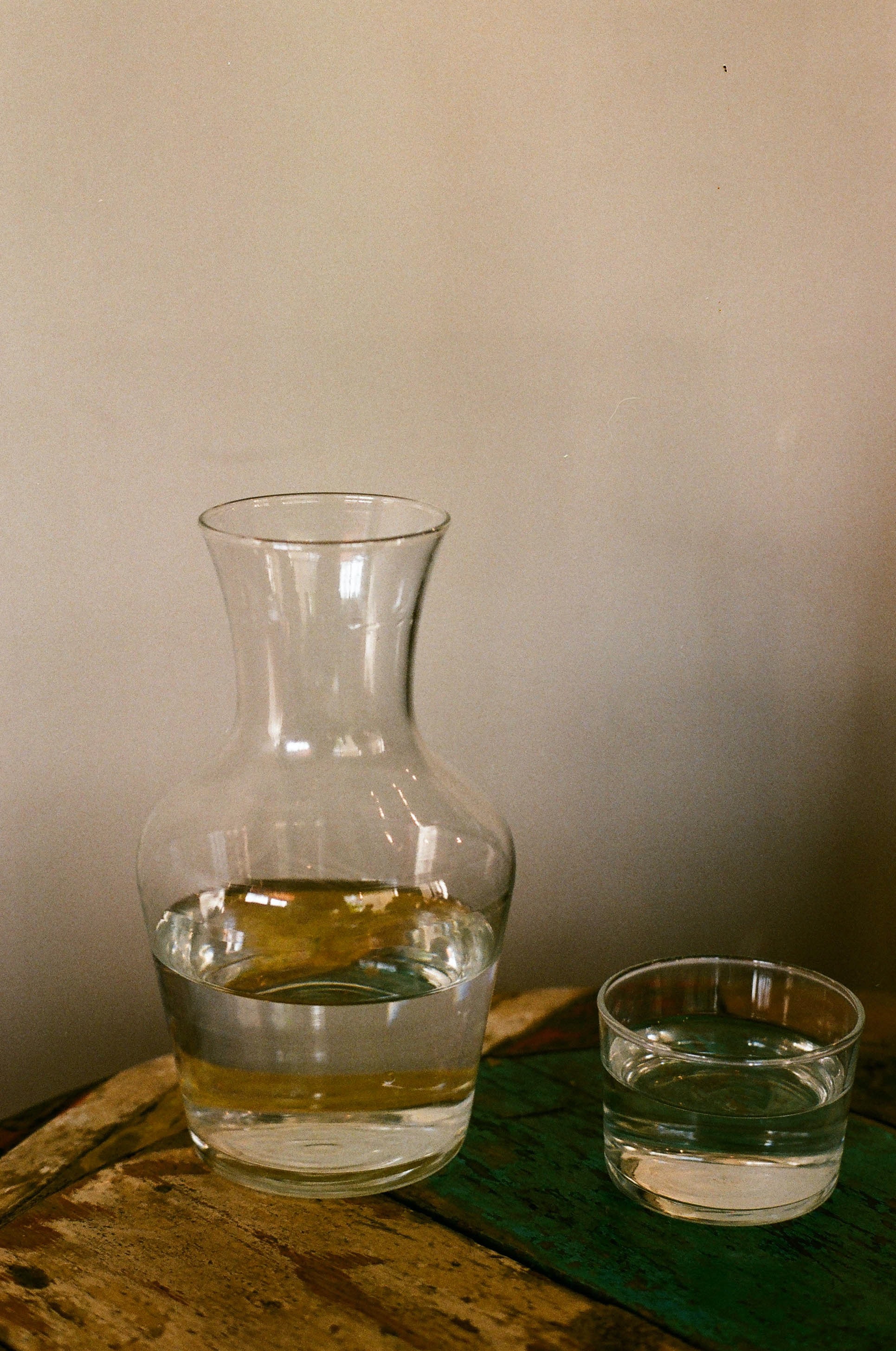Primarius Blog - Working out your Loan-to-value-ratio (LVR)
Muriel Oliver
Update | 13 Jul 2020
When you borrow funds to buy a property, one of the most important considerations is the Loan to value ratio (LVR). The easiest way to explain LVR is to compare it to the level of water in a glass. If the full glass represents the property value and the water level the amount of the loan, then the LVR is the amount of water divided by the value of the property expressed as a % like this:
Loan value x 100%
Property value
This means if the property value is $500,000 and the loan is $400,000 then the LVR = $400,000/$500000 x 100% = 80%
If the property value is $500,000 and the loan value is $250,00 then the LVR = $250,000/$500,000 x 100% = 50%, so using our analogy, the glass is half full of water.
An LVR of 80% is normally the standard or threshold level to obtain finance. If your LVR is lower, then you may access even better interest rates (as the bank's risk decreases). On the other hand, if your LVR is over 80% you may be required to pay Lenders Mortgage Insurance (LMI) - read more about that in our recent update on Costs when buying a property.
It is always advisable to consider any property purchase as a 15-20-year investment, especially in the current environment. So, think about how you would feel if you had to keep the property for that period of time and were unable to sell it? Buying properties to "flip" in a 2-5-year time period could be a risky strategy right now. We are property investors too and have seen the cycles over the last 25 years and know that it is important to consider as many outcomes as possible before putting pen to paper.
